(392 products available)





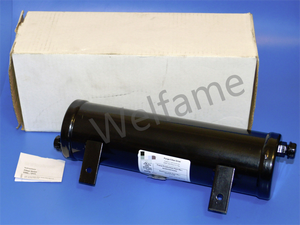

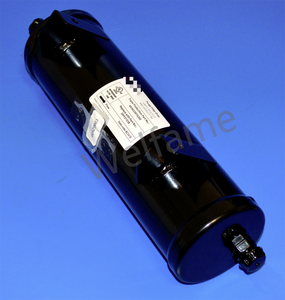

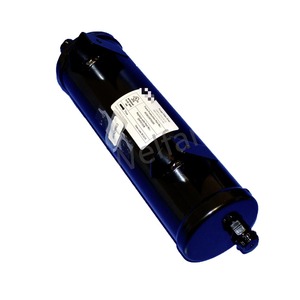








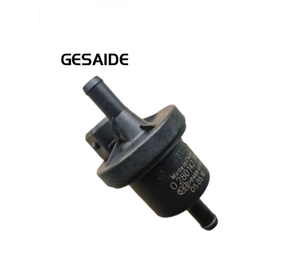
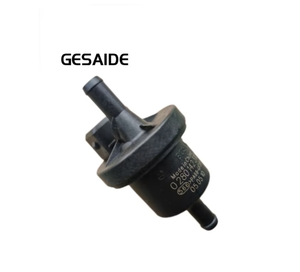
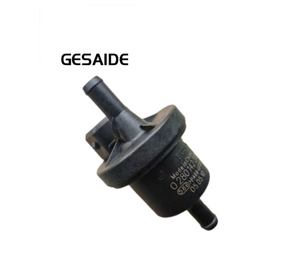






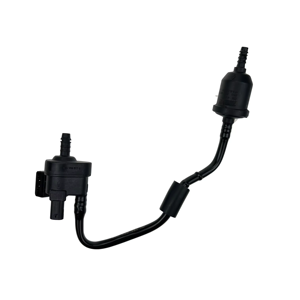





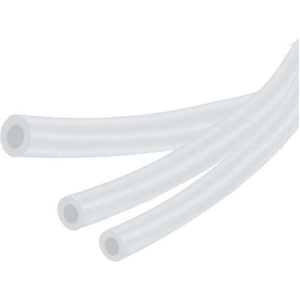




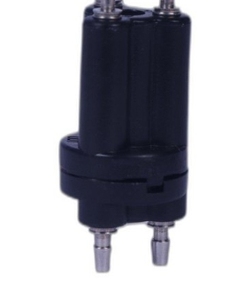



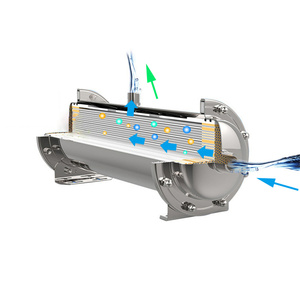




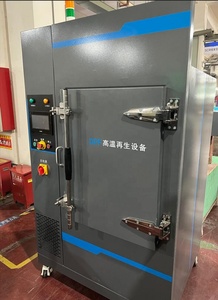

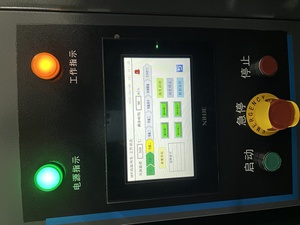
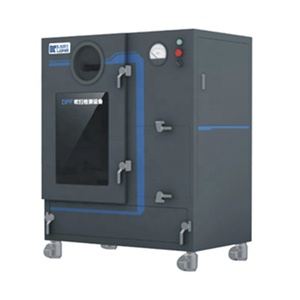







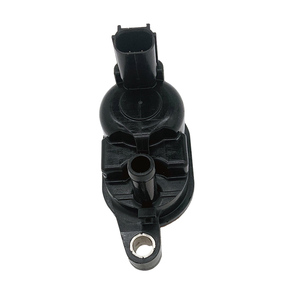



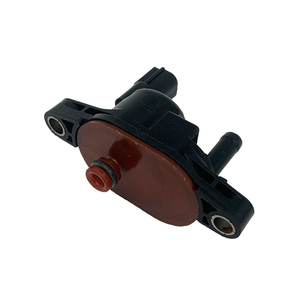

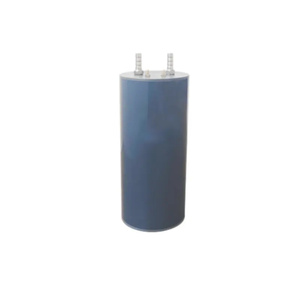


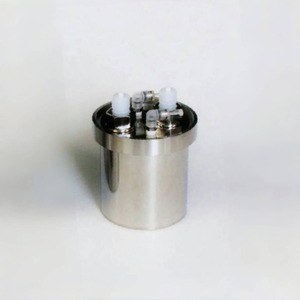

















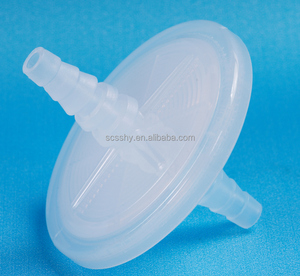



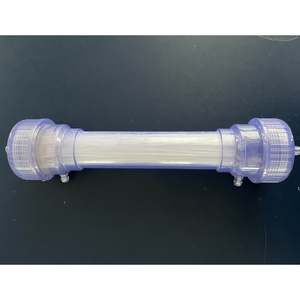


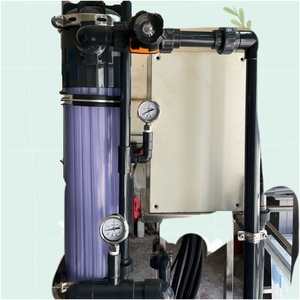







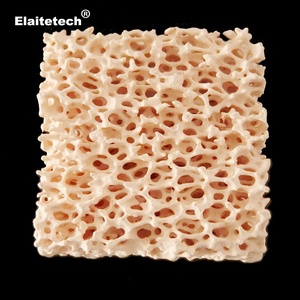


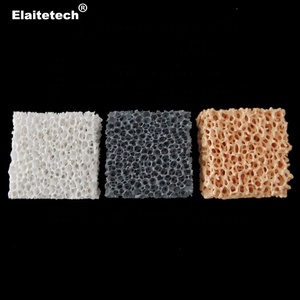
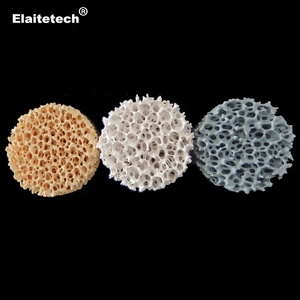
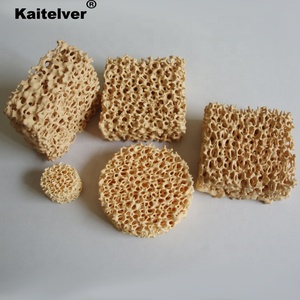







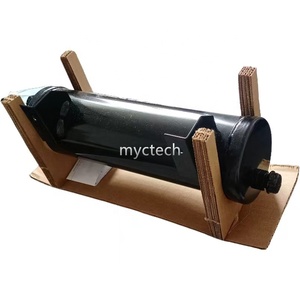






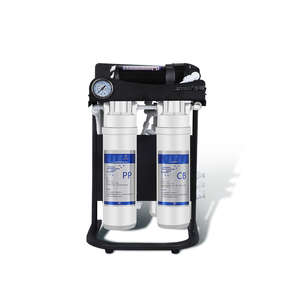

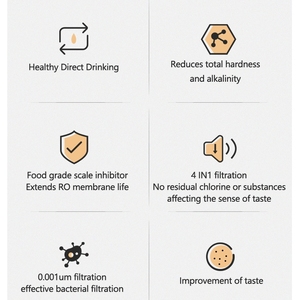

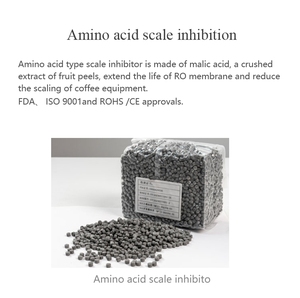

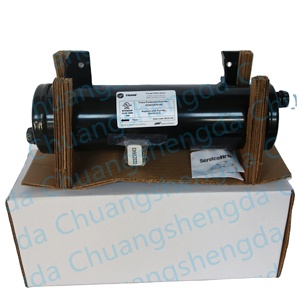






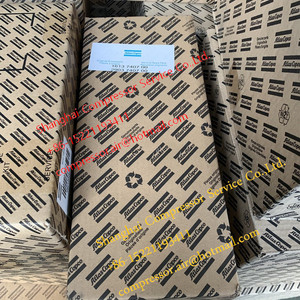



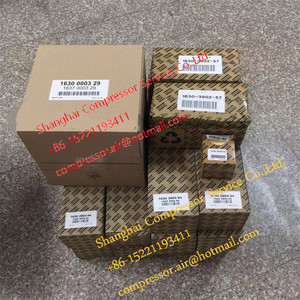













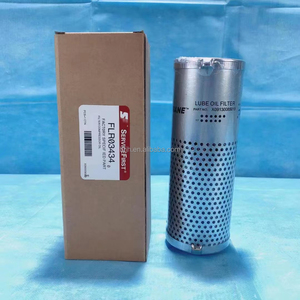

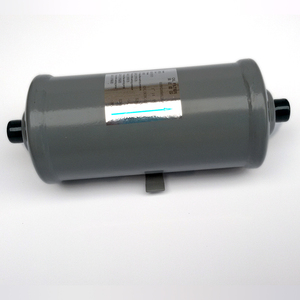
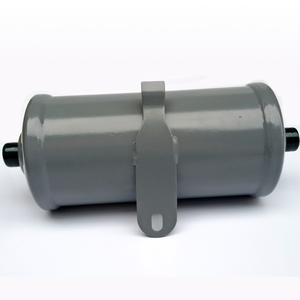






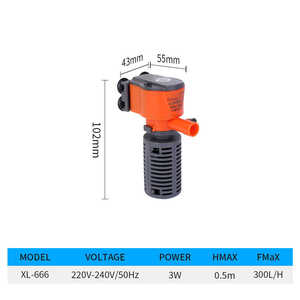



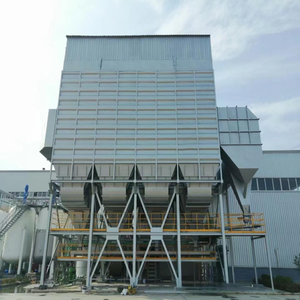
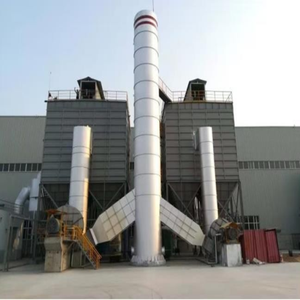



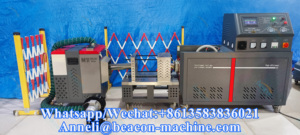


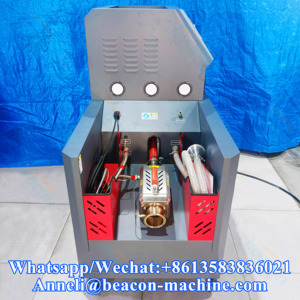
Purge filters are used in pipelines to remove impurities and protect equipment from damage. They have several different types, and each of them has a unique structure and application.
The Y-type purge filter is named for its shape, which looks like the letter Y. It has an inlet on the upper side and two outlets on the lower side. The design of the Y-shape enables the filter to filter out large particles and provide a smooth flow. The Y-type purge filter is commonly used in pipelines with high flow rates.
The cartridge purge filter has a cylindrical structure. The core is a replaceable filter cartridge. The cartridge can be made of wire mesh, fiber, or sintered metal. The outer casing is usually made of stainless steel. The cartridge purge filter has a large area for filtration, and it can capture particles of different sizes. One of the benefits of a cartridge purge filter is that it is easy to maintain and replace. Users can disassemble it and install a new cartridge. The cartridge purge filter is mostly used in systems that require high cleanliness levels and frequent replacements.
The duplex purge filter has two inlets and two outlets. The two filter elements can operate independently or in parallel. The duplex purge filter can handle high flow and has better filtration accuracy. The duplex purge filter is suitable for systems with high flow rates and stringent filtration requirements.
The high-pressure purge filter is designed to withstand greater pressure. The material of the high-pressure purge filter is usually stainless steel. The metal mesh or sintered materials are used for filtration, which makes the filter durable and resistant to corrosion. The high-pressure purge filter is used in high-pressure systems, such as hydraulic systems and pipelines.
The magnetic purge filter is equipped with a magnetic bar in the filter element. The magnetic bar can attract and capture magnetic particles in the fluid. It is useful for filtering and removing iron filings. The magnetic purge filter is often used in systems that require the removal of magnetic impurities.
When buying a purge filter, it is crucial to know the general specifications to look for according to the application. Here are some of the specifications:
Gauge the width, length, and height of the purge filter to ensure it fits the gas pipeline. The overall dimensions will also help in determining the shape of the filter, whether it is cylindrical or square.
The port size of the purge filter refers to the diameter of the gas inlet and outlet. It is crucial to ensure that the port size of the filter matches the diameter of the gas pipeline. A loose fit can cause gas leakage, while a very tight fit can cause damage to the ports.
It is the minimum size of the particle that the filter can remove from the gas. The filtering accuracy should be chosen based on the purity of the gas required and the size of the particles that need to be filtered out.
This is the maximum volume of gas that a purge filter can process per unit time. It is essential to ensure that the gas flow requirements of the pipeline are within the maximum flow rate of the filter.
This is the highest pressure the filter can withstand. It is important to ensure that the maximum working pressure of the purge filter is higher than the pressure within the pipeline. This will prevent damage to the filter and ensure the safety of the pipeline system.
It is essential to choose a material for the filter that is compatible with the type of gas. The material of the filter should also be corrosion-resistant, durable, and able to maintain stable performance in different working environments.
Maintenance of the purge gas filter is paramount to ensure the gas is free from contaminants. The maintenance of the filter involves regular inspection and replacement. A routine inspection of the purge filter should be done to check for any sign of damage, corrosion, or leakage. If any damage or blockage is found on the filter, it should be replaced immediately. Also, ensure the filter is installed properly and securely connected to the gas pipeline. Proper installation helps to prevent damage to the filter and maintain its effectiveness.
The following are the common applications of purge filters:
Purge filters are used in the petrochemical industry to remove contaminants from natural gas, refined gases, and liquid products. These filters help to protect processing equipment, pipelines, and storage tanks. They also help to ensure the quality and purity of end products. Purge filters are used in the chemical industry to filter corrosive or toxic gases.
Purge filters are used in the food and beverage industry to remove solid and liquid contaminants from ingredients, processing streams, and final products. These filters help to maintain product quality and meet regulatory standards.
In the pharmaceutical industry, purge filters are used to remove impurities from raw materials, intermediates, and final drug products. These filters play a critical role in ensuring the safety, efficacy, and purity of pharmaceutical products.
Purge filters are used in water treatment systems to remove particles, microorganisms, and other contaminants from source water. These filters help to produce clean and safe drinking water.
Purge filters are used in the automotive industry to clean fuel and lubricants. They remove particles and debris that can cause engine wear and damage. Purge filters help to ensure the performance and longevity of automotive systems.
Many agricultural products are processed by the food industry. In the process of processing agricultural products, some impurities, such as particles, bacteria, etc., will be mixed into the product, which will affect the quality of the product. Therefore, in the process of processing agricultural products, it is necessary to use filter equipment to filter the impurities mixed in the products to ensure the quality of the products. In this case, the purge filter plays an important role.
When it comes to choosing a purge filter, a few factors will need to be considered:
This is the first and most important consideration. The type of gas a filter will be used with will determine the kind of housing, element, and connections that are required. For instance, a filter used with compressed air may need a plastic or metal housing with a NPT connection. On the other hand, a filter used with pure gases or corrosive gases may require a specialty housing made from materials such as stainless steel or a non-corrosive alloy.
After the gas type has been determined, users will need to select the appropriate filter element. This will depend on the specific particle size and amount that needs to be removed from the gas. Discussed above are the common types of filter elements for purge filters.
Users will also need to consider the operating pressure and temperature of the purge filter. They should ensure that the filter selected can safely handle the maximum pressure and temperature of the gas system. The filter will also need to be able to provide the required flow rate under typical operating conditions.
Users will have to ensure that the filter's connection type and size are compatible with the gas system. The connection type may include threaded, compression, and quick-connect options. Additionally, the filter should have the appropriate size and flow capacity to maintain proper gas system performance.
This is an important factor to consider. Users must ensure that the filter is compatible with other components in the gas system. The filter's size, pressure rating, and connections must be well-suited for its integration with existing equipment.
Users may need to choose a reliable brand or supplier. They should select a supplier with a good reputation for quality products and customer service. The supplier should be able to provide assistance with filter selection and offer prompt support if any issues arise.
Q1: What is the difference between a purge filter and a coalescing filter?
A1: A purge filter is designed to filter out contaminants from a gas or air stream, while a coalescing filter is designed to separate liquids from gases. Both filters have different designs and functions.
Q2: What is the difference between a purge filter and a strainer filter?
A2: A purge filter is designed to filter out a wide variety of unwanted particles and contaminants from a gas or liquid stream. On the other hand, a strainer filter is designed to capture larger particles, such as debris and sediment. Strainer filters are unable to capture smaller particles, which makes them different from purge filters.
Q3: Can a purge filter be used in both gas and liquid applications?
A3: Yes, some versatile purge filters can be used in both gas and liquid applications. However, it is important to note that different purge filters are designed for either gas or liquid applications. Therefore, buyers need to know the specific applications that the purge filter will be used for.